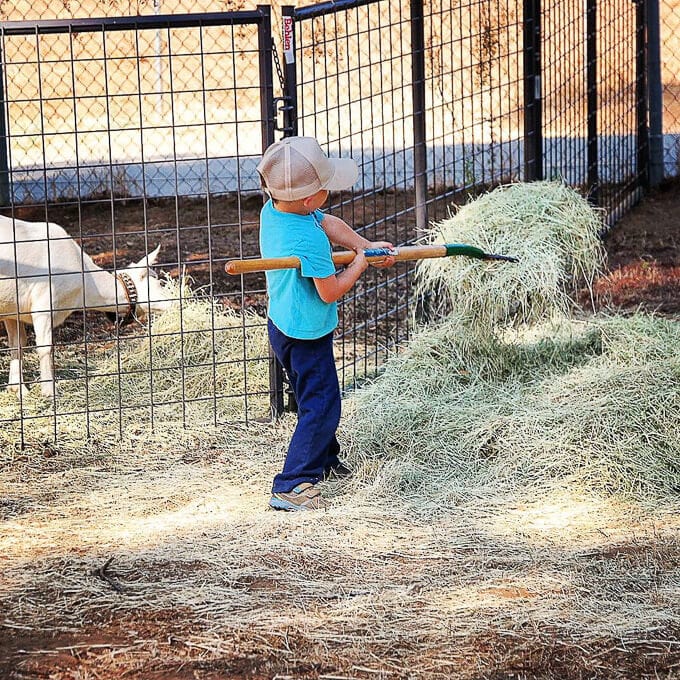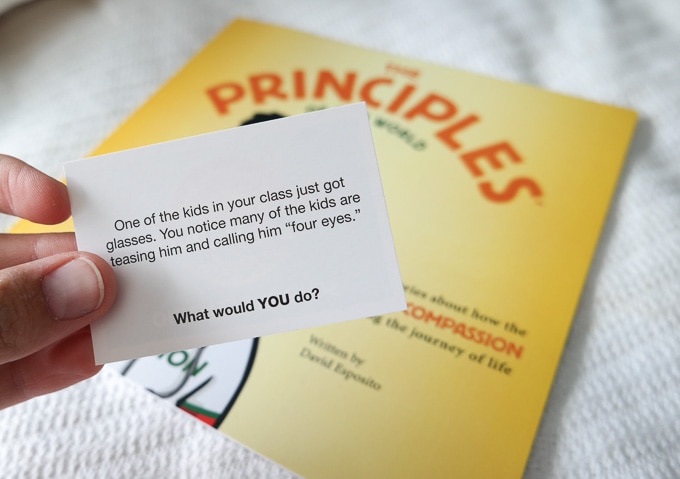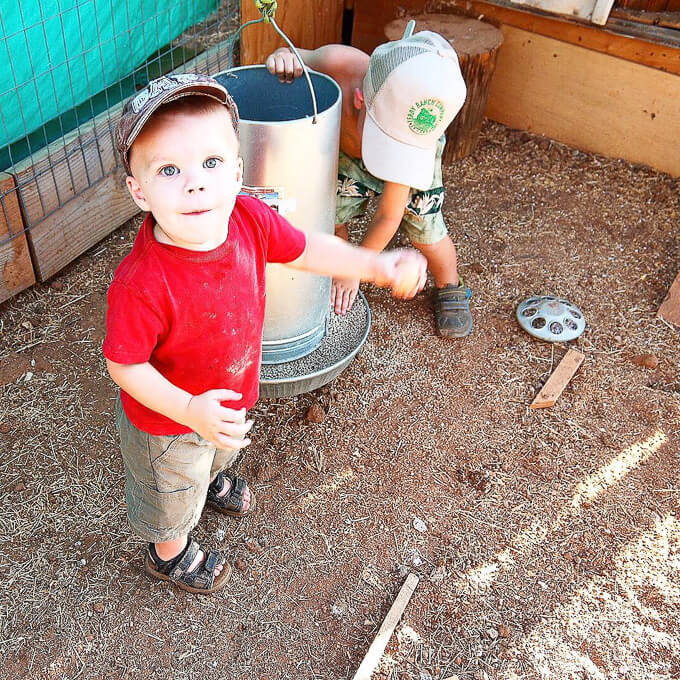It is a difficult thing, teaching children compassion. Awareness of other people's feelings and a desire to help.

Childhood is inherently self-centered. Most young people simply haven't been exposed to enough to fully grasp the concept of things beyond themselves. It's no wonder that 3- and 4- year-olds are seen as selfish; their inner world is strong and they are filled with personal desires. It's not unusual for them to make demands. “Me, mine, I want, I need!”
That's why these early years are so crucial for us to start teaching children compassion through examples of caring for one another. It's one of the primary reasons that I insist on traveling with the kids and expanding their world view. I want them to truly understand things outside of their bubble, beyond their comfort zone, and become better people for it.
6 Ways of Teaching Children Compassion

- Demonstrate cause and effect. We do this by feeding the goats, chickens and dogs, always making a point to explain that the animals rely on us for their food and water. “We give the chickens food,” I say, “because they're hungry and they can't eat without our help.” This helps the kids understand that their actions impact things around them.

- Use media as a lesson. We stream shows on Netflix that are focused on kindness and teamwork such as Daniel Tiger's Neighborhood, Super Why! and Arthur. We've also started working with Harvest Time Partners and reading The Principles of Our World, a new line of children's books designed to help parents reinforce the importance of principles like compassion, honesty, courage and teamwork with real-life examples that encourage principle-based decision making.

- Explain another person's perspective. Whenever Some Boy doesn't want to share with Sidekick, I ask him to mentally trade places. “What if your brother took your train and wouldn't give it back? How would that make you feel?” This is another reason it's important for children to understand their feelings. Concrete consequences for poor behavior should be clearly explained so they know why they're being encouraged to act kindly towards other people.
- Be vulnerable. I'm certainly not one to open up to my kid about financial concerns or work stuff, but I'm not afraid to show that I'm a person with needs. Throughout my difficulties in this pregnancy I've been astounded with my preschooler's ability to assess the situation and offer up compassionate words. “It's okay, Mama. Don't be sad,” he'll urge as he comes to give me a hug when I'm hurting. Also, always apologize if you've done something wrong: owning up to your own behavior is a big part of teaching children compassion.

- Sympathize with their feelings. Don't get so caught up in trying to show your children other people's emotional value that you invalidate their own. Recognize that their thoughts and fears deserve to be addressed, and they will eventually offer the same understanding to their peers.
- Praise positive action. Super heroes are popular with kids for a reason: they're a prime example of compassion, always coming to the rescue when things look bad! Make a point to recognize when kids are being nice or helping others, as well, to reinforce that behavior.

How do you teach your children compassion?